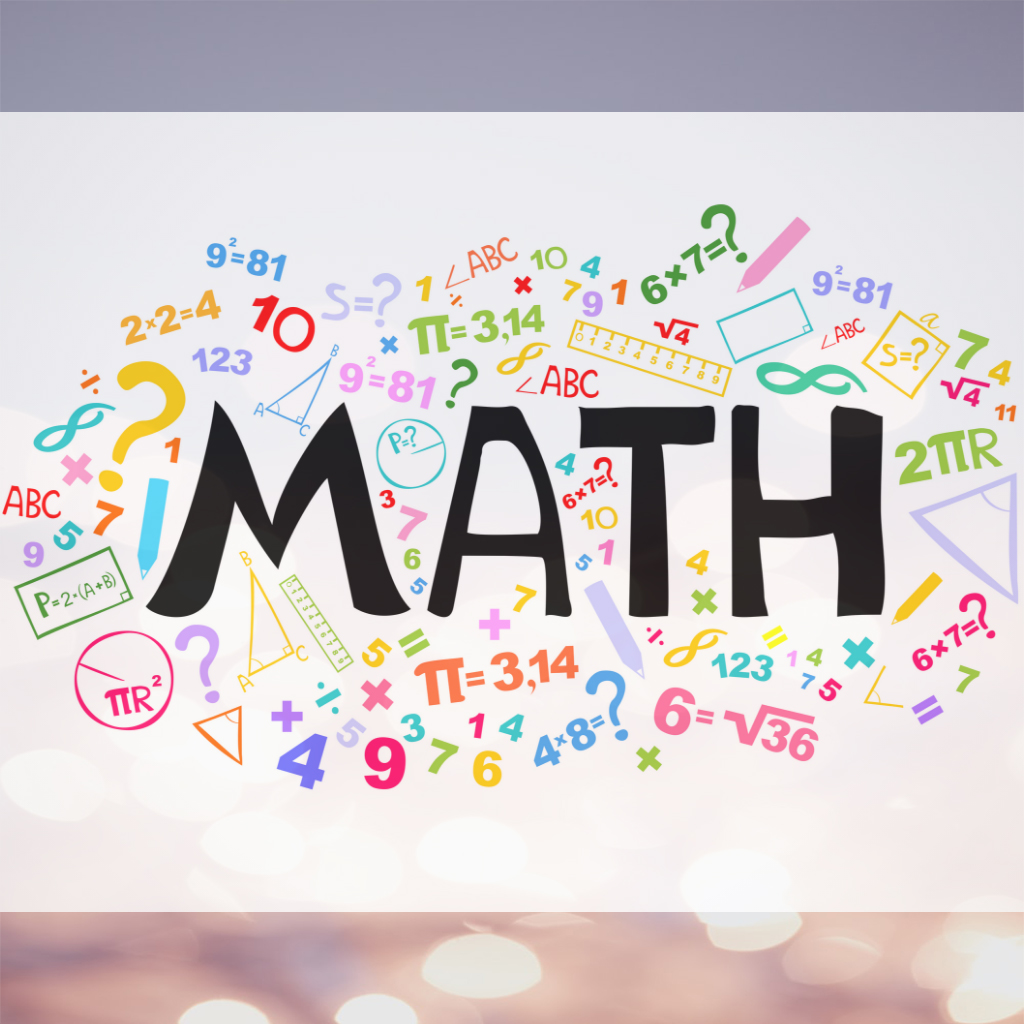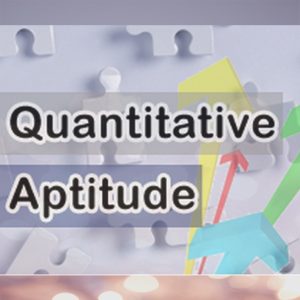MATHEMATICS:
The science of structure, order, and relation that has evolved from elemental practices of counting, measuring, and describing the shapes of objects. It deals with logical reasoning and quantitative calculation, and its development has involved an increasing degree of idealization and abstraction of its subject matter. Since the 17th century, mathematics has been an indispensable adjunct to the physical sciences and technology, and in more recent times it has assumed a similar role in the quantitative aspects of the life sciences.
In many cultures—under the stimulus of the needs of practical pursuits, such as commerce and agriculture—mathematics has developed far beyond basic counting. This growth has been greatest in societies complex enough to sustain these activities and to provide leisure for contemplation and the opportunity to build on the achievements of earlier mathematicians.
All mathematical systems (for example, Euclidean geometry) are combinations of sets of axioms and of theorems that can be logically deduced from the axioms. Inquiries into the logical and philosophical basis of mathematics reduce to questions of whether the axioms of a given system ensure its completeness and its consistency.
What Is The Definition of Mathematics?
Mathematics simply means to learn or to study or gain knowledge. The theories and concepts given in mathematics help us understand and solve various types of problems in academic as well as in real life situations.
Mathematics is a subject of logic. Learning mathematics will help students to grow their problem-solving and logical reasoning skills. Solving mathematical problems is one of the best brain exercises.
Basic Mathematics
The fundamentals of mathematics begin with arithmetic operations such as addition, subtraction, multiplication and division. These are the basics that every student learns in their elementary school. Here is a brief of these operations.
- Addition: Sum of numbers (Eg. 1 + 2 = 3)
- Subtraction: Difference between two or more numbers (Eg. 5 – 4 = 1)
- Multiplication: Product of two or more numbers (Eg. 3 x 9 = 27)
- Division: Dividing a number into equal parts (Eg. 10 ÷ 2 = 5, 10 is divided in 2 equal parts)
History of Mathematics
Mathematics is a historical subject. It has been explored by various mathematicians across the world since centuries, in different civilizations. Archimedes, from the BC century is known to be the Father of Mathematics. He introduced formulas to calculate surface area and volume of solids. Whereas, Aryabhatt, born in 476 CE, is known as the Father of Indian Mathematics.
In the 6th century BC, the study of mathematics began with the Pythagoreans, as a “demonstrative discipline”. The word mathematics originated from the Greek word “mathema”, which means “subject of instruction”.
Another mathematician, named Euclid, introduced the axiom, postulates, theorems and proofs, which are also used in today’s mathematics.
History of Mathematics has been an ancient study and is described by each part of the world, in a varying method. There were many mathematicians who have given different theories for many concepts, which we are applying in modern mathematics.
Numbers, which we use for calculations, had variations in the medieval period. The Romans introduced the Roman numerals that uses English alphabets to represent a number, such as:
Branches of Mathematics
The main branches of mathematics are:
- Number System
- Algebra
- Geometry
- Calculus
- Topology
- Trigonometry
- Probability and Statistics
These mathematical concepts fall under pure mathematics. These form the base of mathematics. In our academics we will come across all these theories and fundamentals to solve questions based on them.
Applied mathematics is another form, where mathematicians, scientists or technicians use mathematical concepts to solve practical problems. It describes the professional use of mathematics.
Symbols in Mathematics
Some of the basic and most important symbols, used in mathematics, are listed below in the table.
| Symbol | Name | Meaning | Application |
| ≠ | not equal sign | inequality | 11 ≠ 6 |
| = | equals sign | equality | 4 = 2 + 2 |
| < | strict inequality | less than | 6 < 11 |
| > | strict inequality | greater than | 9 > 8 |
| [ ] | brackets | calculate expression inside first | [2×5] + 7 = 17 |
| ( ) | parentheses | calculate expression inside first | 3 × (3 + 7) = 30 |
| − | minus sign | subtraction | 5 − 2 = 3 |
| + | plus sign | addition | 4 + 5 = 9 |
| × | times sign | multiplication | 4 × 3 = 12 |
| * | asterisk | multiplication | 2 * 3 = 6 |
| ÷ | division sign / obelus | division | 15 ÷ 5 = 3 |
Properties in Mathematics
In mathematics, we learn about four major properties of numbers. They are:
- Commutative Property
- Associative property
- Distributive Property
- Identity Property
These are the four basic properties of numbers. These properties are also applicable to some other mathematical concepts such as algebra.
Rules in Mathematics
The most common rule used in mathematics is the BODMAS rule. As per this rule, the arithmetic operations are performed based on the brackets and order of operations. By the full form of BODMAS, we can easily understand this logic.
BODMAS – Brackets Orders Division Multiplication Addition and Subtraction
Therefore, the first priority here is given to the brackets then division>multiplication>addition>subtraction.
For example, if we have to solve [5+(3 x 5)÷2], then using the BODMAS rule, first multiply 3 and 5, within the brackets.
→ 5+(3 x 5)÷2 = 5 + 15÷2
Now divide 15 by 2
→ 5 + 7.5
→ 12.5
Formulas in Mathematics
Here are some common formulas used in mathematics to solve multiple problems.
- Area and Perimeter Formula
- Coordinate Geometry Formulas
- Heron’s Formula
- Quadratic Formula
- Differentiation Formulas
- Distance Formula
- Section Formula & Conic Sections
- Standard Deviation Formula
- Trigonometry Formulas
Class 7 Mathematics
- Lines And Angles
- Triangles
- Percentage: Means Of Comparing Quantities
- Visualising Solid Shapes
Class 8 Mathematics
- Rational Numbers
- Mensuration
- Squares and Square Roots
- Exponents And Powers
Class 9 Mathematics
- Number System
- Polynomials
- Quadrilateral
- Surface Areas and Volume
Class 10 Mathematics
- Quadratics
- Circles
- Arithmetic Progression
- Co-ordinate Geometry
- Constructions
- Probability And Statistics
Class 11 Mathematics
- Sets
- Relations and Functions
- Trigonometric Functions
- Linear Inequalities
- Permutation And Combination
- Conic Sections
- Limits and Derivatives
Class 12 Mathematics
- Matrices
- Inverse Trigonometric Functions
- Determinants
- Application of Integrals
- Vector algebra
- Linear Programming
- Continuity And Differentiability





Reviews
There are no reviews yet.